- RUMAH
- INDUSTRI
- INDUSTRI
- Boiler Fang Kuai menawarkan sesuai permintaan, solusi steam modular untuk aplikasi industri dan komersial yang membutuhkan proses steam untuk panas, sterilisasi, pelembapan, dan banyak lagi.
- PRODUK
- KASUS GLOBAL
- TENTANG KAMI
- BERITA
- KONTAK

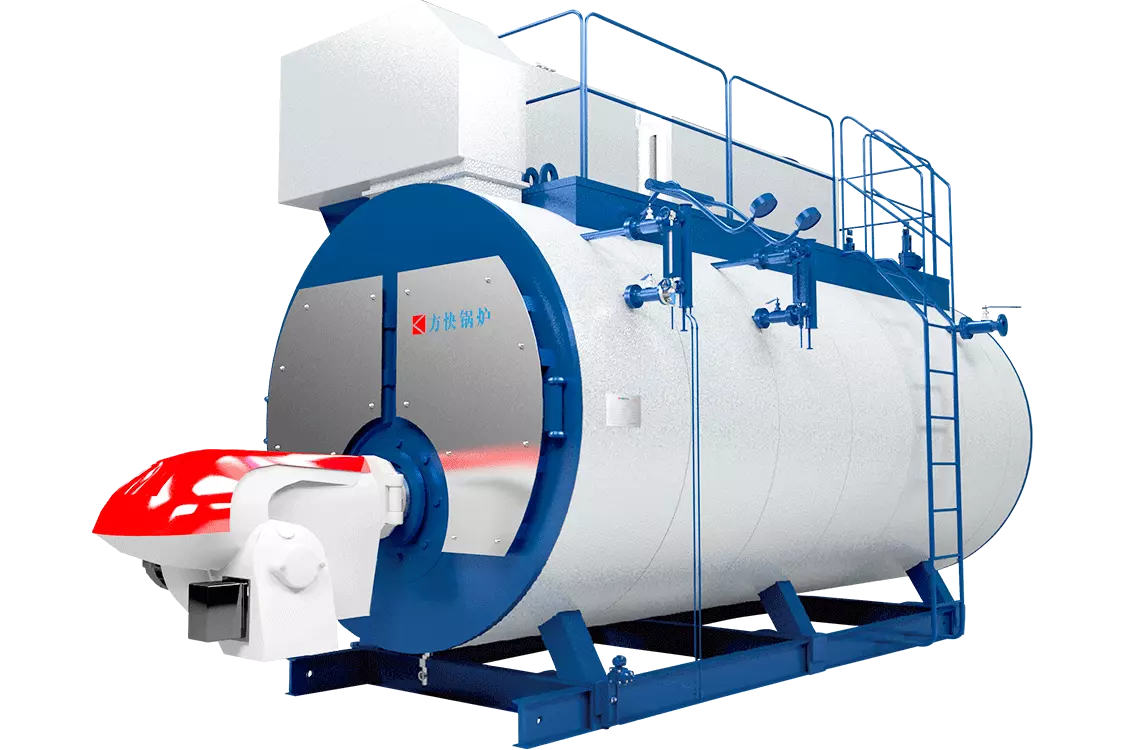
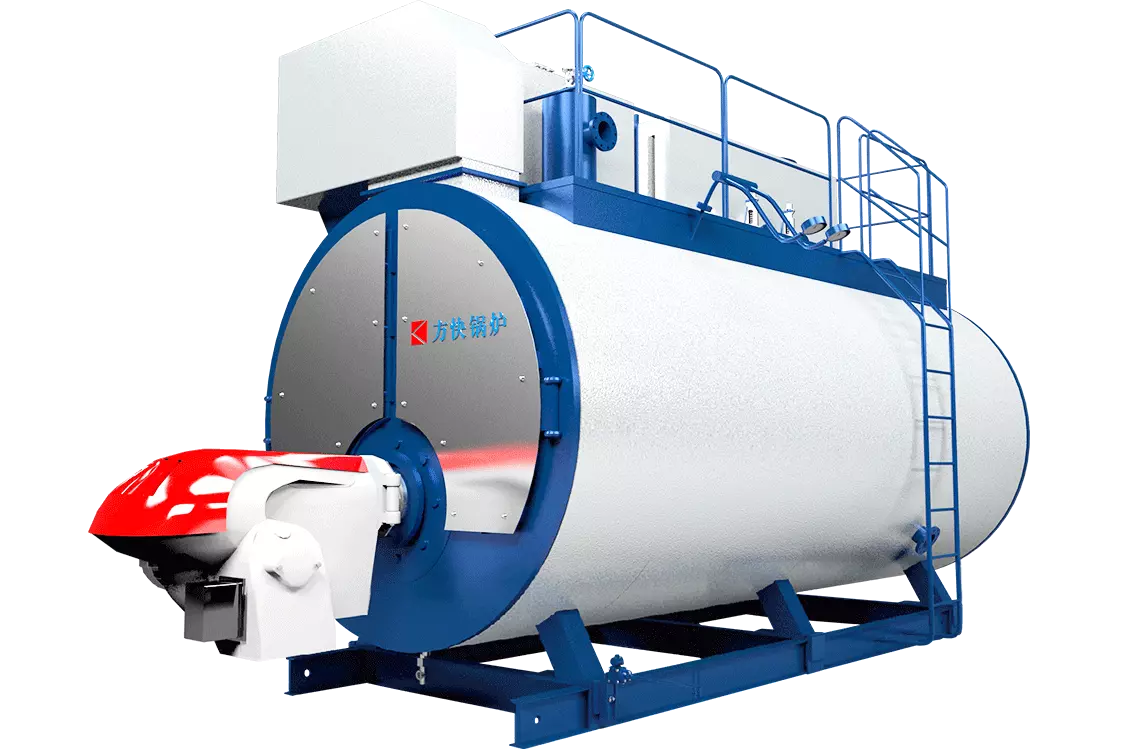

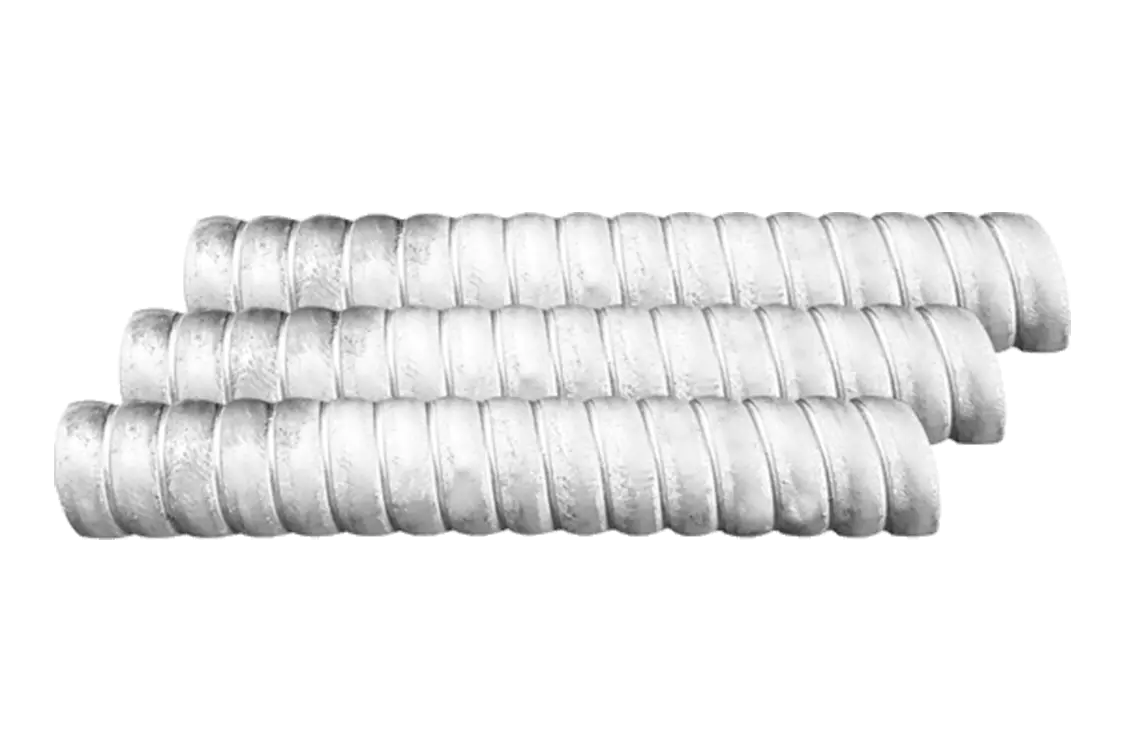
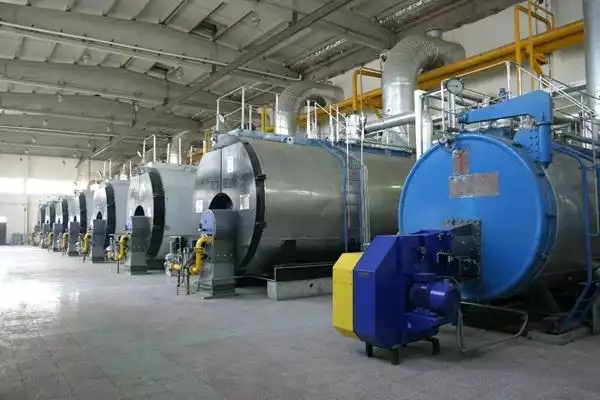
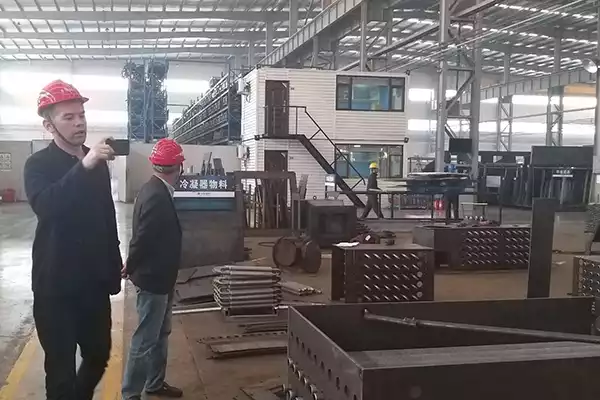
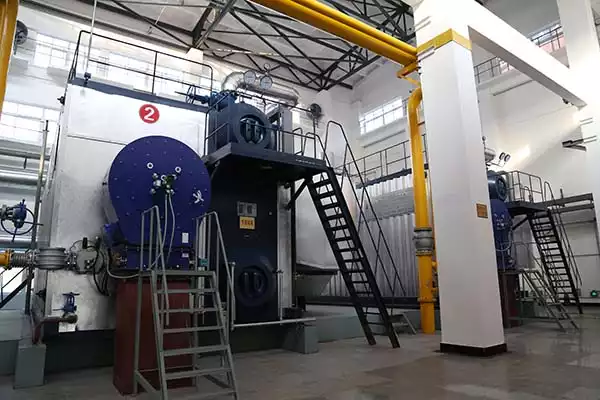
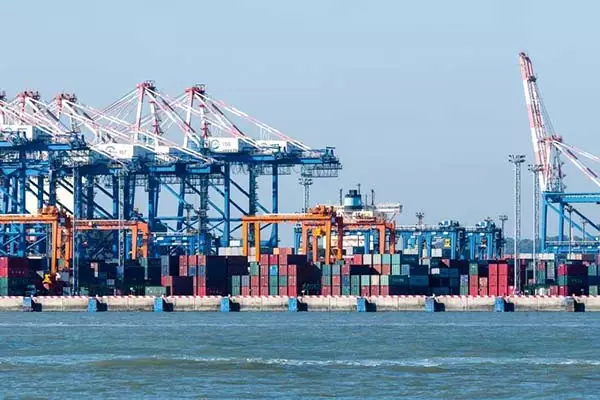
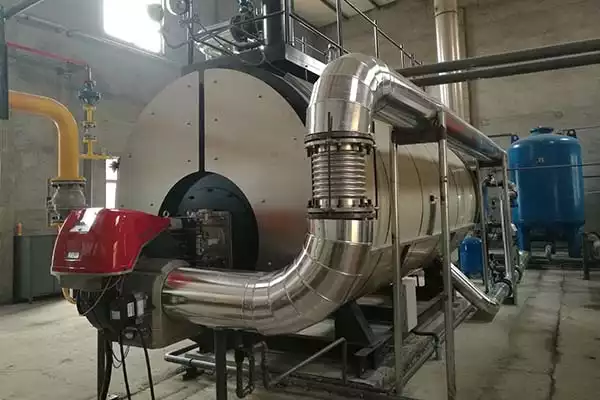
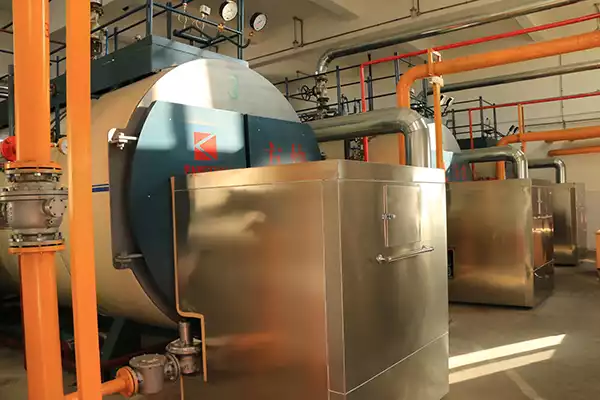
.jpg)



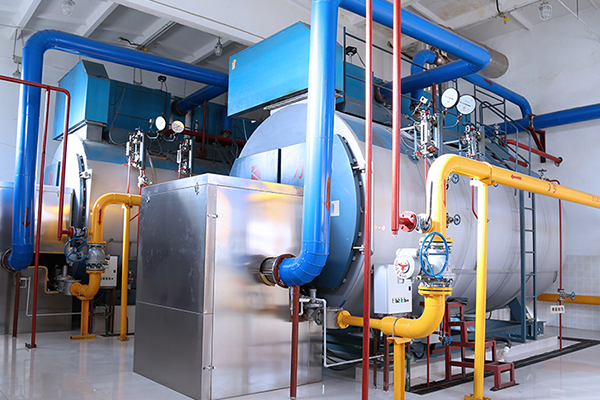
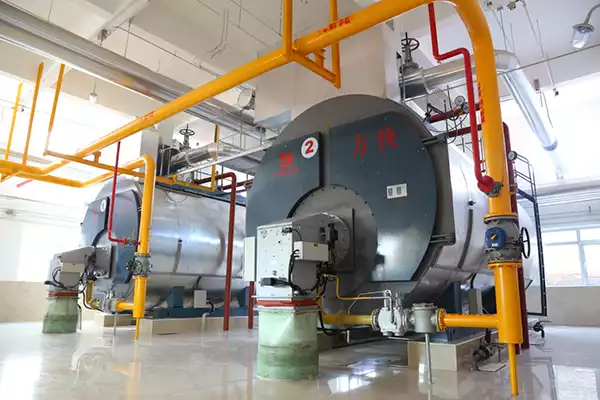
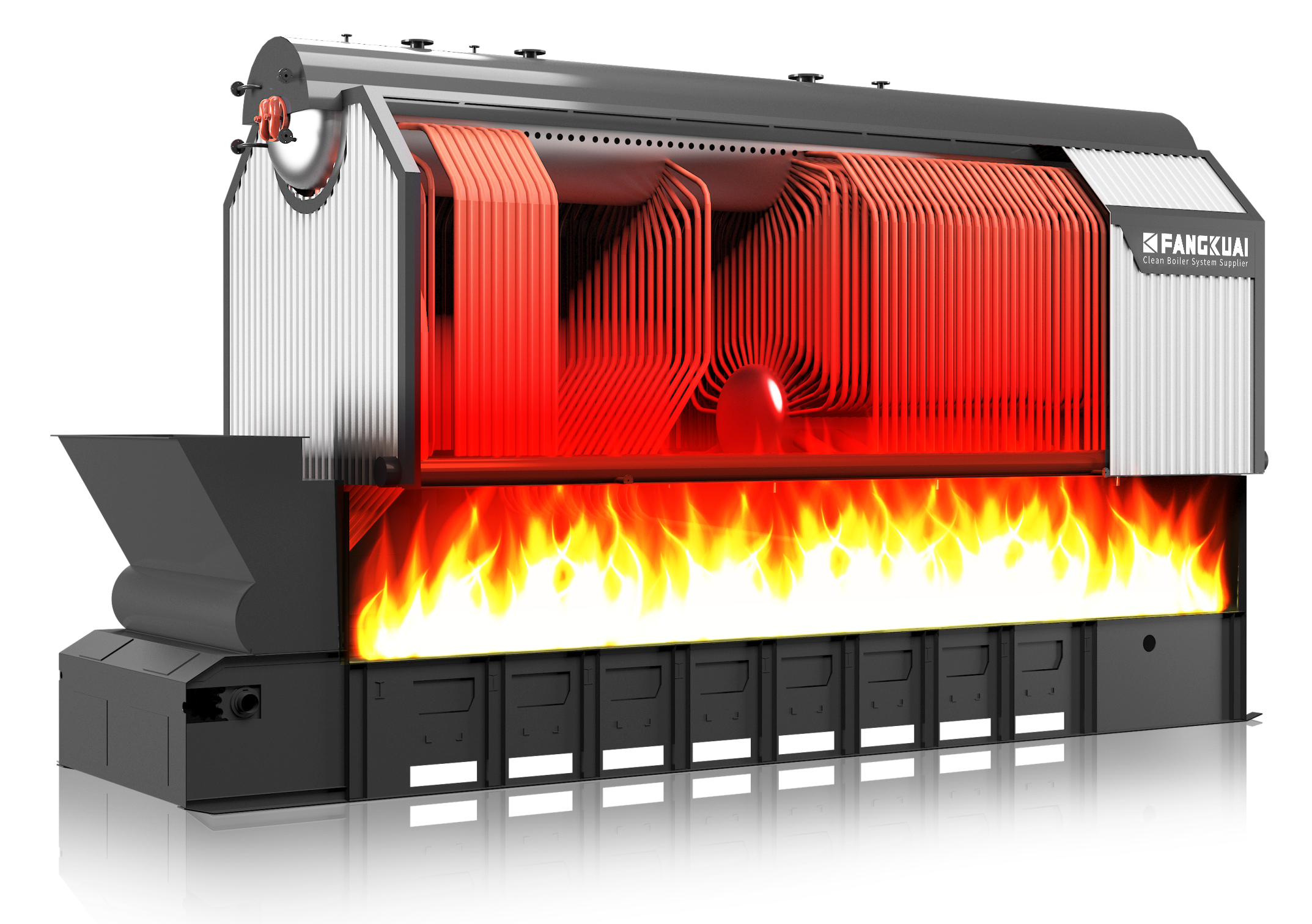
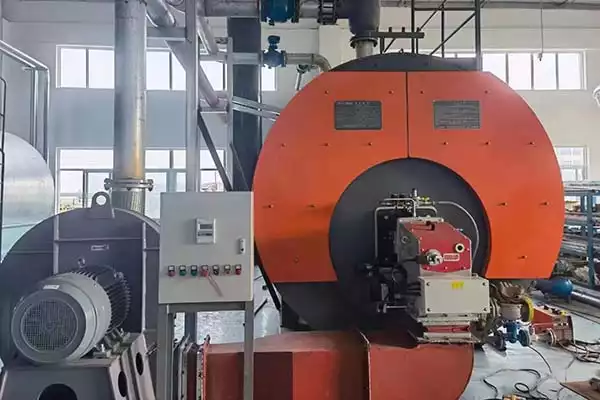
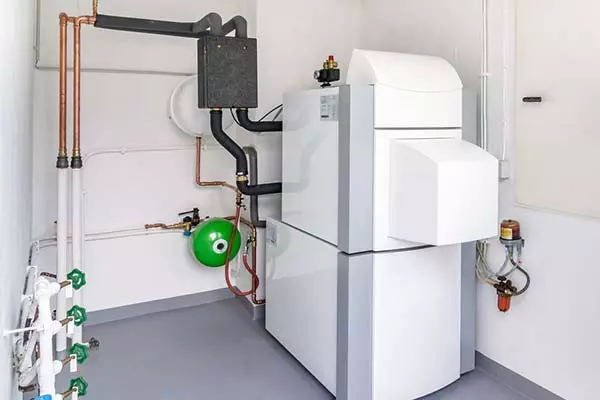
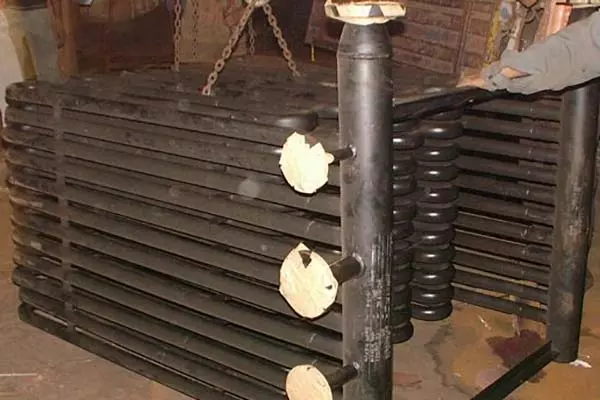
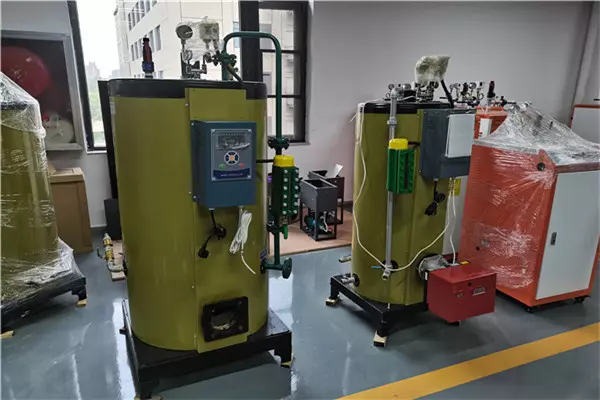
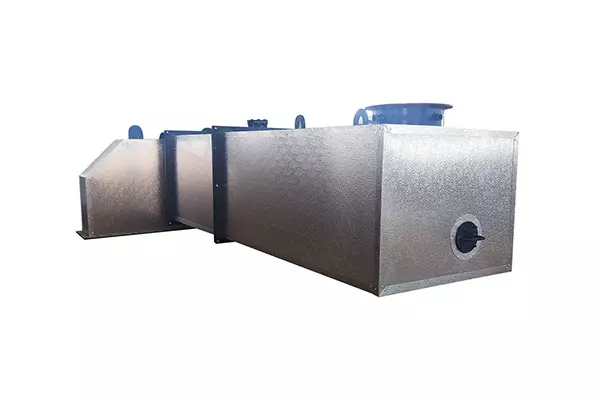

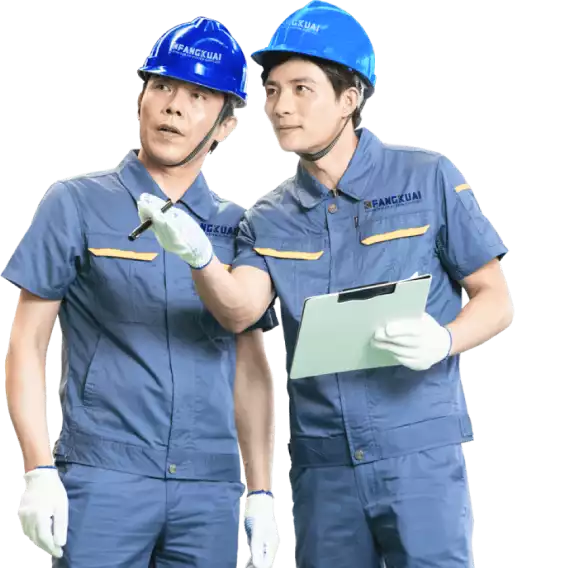

View Ulasan Pelanggan kami
"Pembangkit uap dari Fangkuai sangat cocok untuk usaha kecil saya. Sangat mudah digunakan dan membutuhkan perawatan minimal. Ini juga sangat hemat energi, yang telah membantu saya menghemat uang untuk tagihan energi saya. Layanan pelanggan di Fangkuai juga luar biasa. Mereka sangat responsif dan selalu bersedia membantu. Saya sangat merekomendasikan generator uap Fangkuai."
Ahmad
Mesir"Thermal oil boiler dari Fangkuai sangat mudah dioperasikan dan dirawat. Ini telah membantu kami menghemat waktu dan uang untuk pemeliharaan, yang telah menyebabkan penghematan biaya yang signifikan. Kualitas bahan dan konstruksi boiler luar biasa. Ini juga sangat hemat energi, yang telah membantu kami menghemat uang untuk tagihan energi kami. Saya sangat merekomendasikan boiler minyak termal Fangkuai ."
Allen
Brazil"Kami telah menggunakan boiler minyak termal Fangkuai untuk pabrik kimia kami selama bertahun-tahun dan tidak pernah mengecewakan kami. Ketel ini sangat tahan lama dan tahan terhadap kondisi yang keras. Pengoperasian dan pemeliharaannya juga sangat mudah, yang telah membantu kami menghemat waktu dan uang untuk pemeliharaan. Boiler minyak termal Fangkuai adalah yang terbaik dan saya sangat merekomendasikannya kepada siapa pun yang membutuhkan solusi pemanasan yang andal."
Perubahan
Cina"Pembangkit uap dari Fangkuai sangat cocok untuk usaha kecil saya. Sangat mudah digunakan dan membutuhkan perawatan minimal. Ini juga sangat hemat energi, yang telah membantu saya menghemat uang untuk tagihan energi saya. Layanan pelanggan di Fangkuai juga luar biasa. Mereka sangat responsif dan selalu bersedia membantu. Saya sangat merekomendasikan generator uap Fangkuai."
Ahmad
Mesir"Thermal oil boiler dari Fangkuai sangat mudah dioperasikan dan dirawat. Ini telah membantu kami menghemat waktu dan uang untuk pemeliharaan, yang telah menyebabkan penghematan biaya yang signifikan. Kualitas bahan dan konstruksi boiler luar biasa. Ini juga sangat hemat energi, yang telah membantu kami menghemat uang untuk tagihan energi kami. Saya sangat merekomendasikan boiler minyak termal Fangkuai ."
Allen
Brazil"Saya sangat terkesan dengan kualitas ketel air panas Fangkuai. Itu dibangun untuk bertahan dan telah melebihi harapan saya. Proses instalasi juga sangat lancar dan layanan pelanggan sangat baik. Ketel air panas sangat mudah dioperasikan dan dirawat, dan efisiensi energinya luar biasa. Saya sangat merekomendasikan boiler air panas Fangkuai."
Mendongkrak
Australia"Pembangkit uap dari Fangkuai sangat cocok untuk usaha kecil saya. Sangat mudah digunakan dan membutuhkan perawatan minimal. Ini juga sangat hemat energi, yang telah membantu saya menghemat uang untuk tagihan energi saya. Layanan pelanggan di Fangkuai juga luar biasa. Mereka sangat responsif dan selalu bersedia membantu. Saya sangat merekomendasikan generator uap Fangkuai."
Ahmad
Mesir"Thermal oil boiler dari Fangkuai sangat mudah dioperasikan dan dirawat. Ini telah membantu kami menghemat waktu dan uang untuk pemeliharaan, yang telah menyebabkan penghematan biaya yang signifikan. Kualitas bahan dan konstruksi boiler luar biasa. Ini juga sangat hemat energi, yang telah membantu kami menghemat uang untuk tagihan energi kami. Saya sangat merekomendasikan boiler minyak termal Fangkuai ."
Allen
Brazil"Pembangkit uap Fangkuai sangat bagus. Mereka sangat mudah digunakan dan membutuhkan perawatan minimal. Layanan pelanggan di Fangkuai juga luar biasa. Mereka sangat responsif dan selalu bersedia membantu. Efisiensi energi dari pembangkit uap juga luar biasa, yang telah membantu saya menghemat uang untuk tagihan energi saya. Saya sangat merekomendasikan generator uap Fangkuai."
Maria
Spanyol